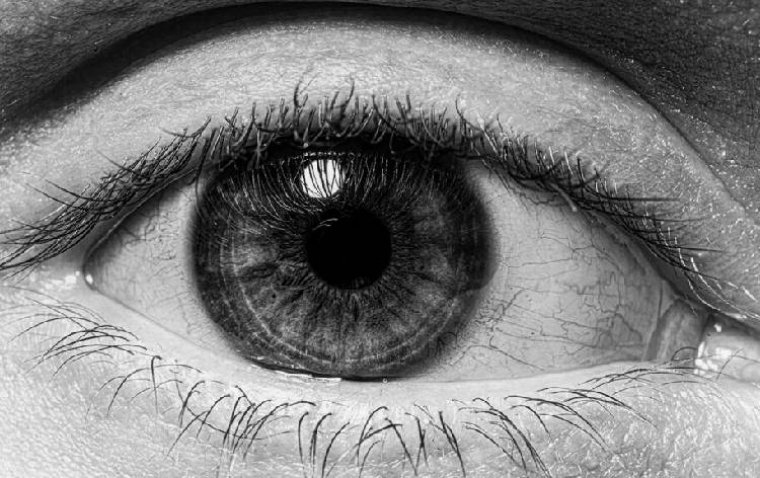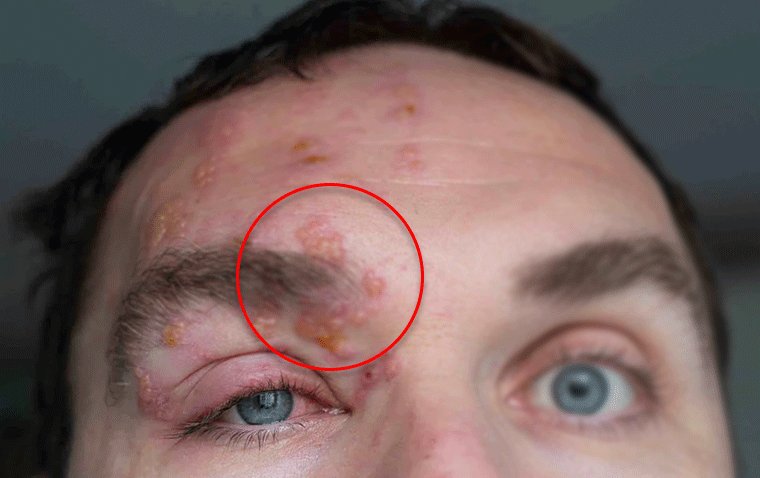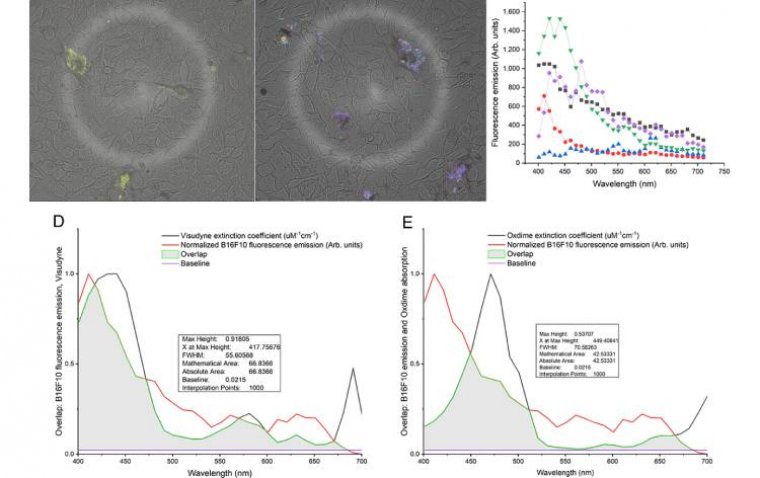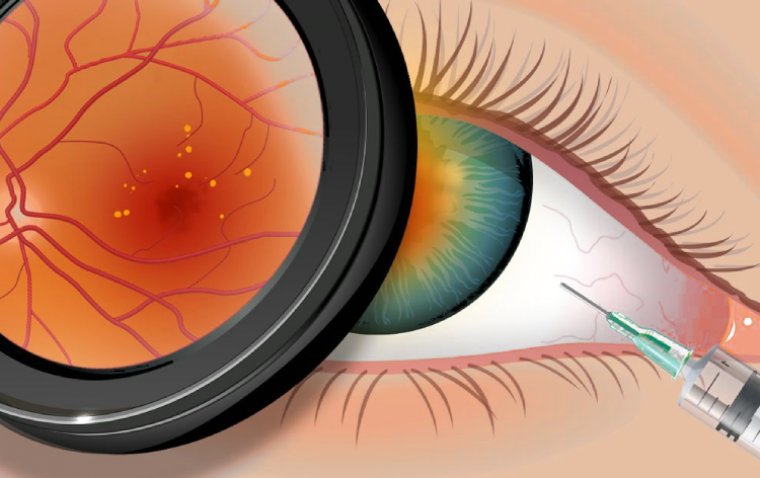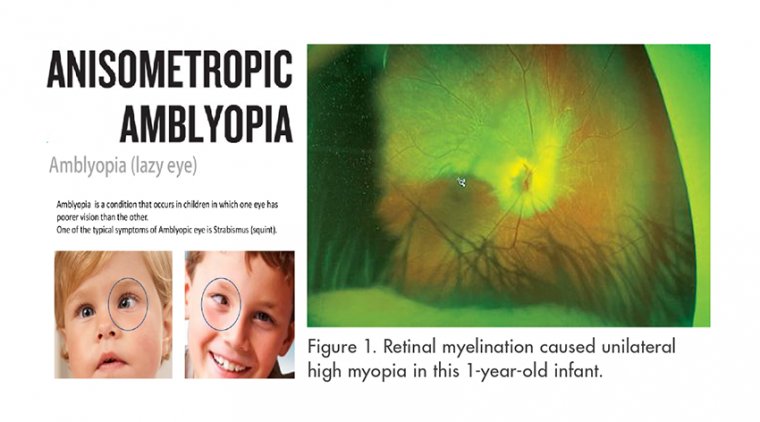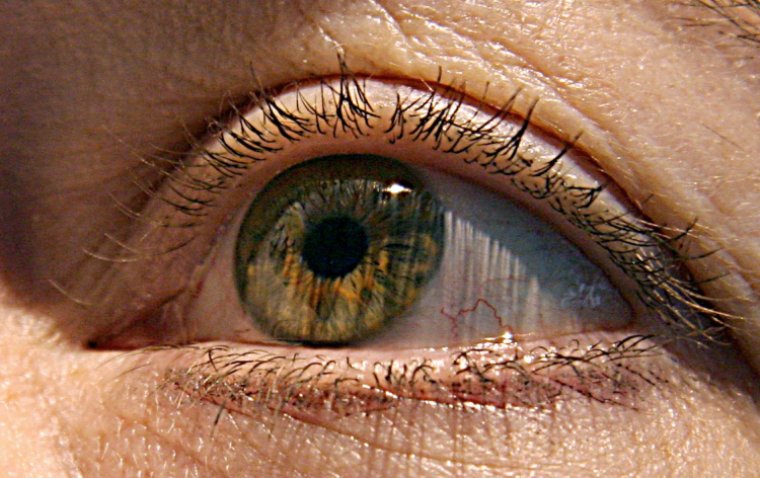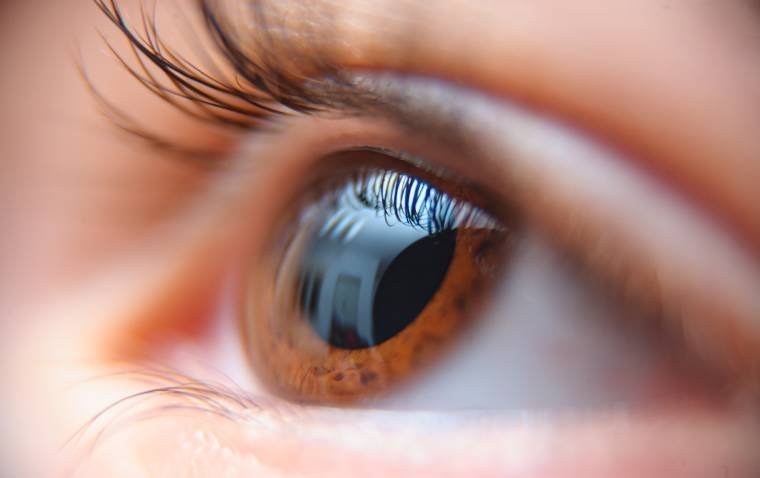
New Drug Shows Promise in Protecting Vision in Dry AMD
A new investigational drug, ANX007, offers hope for the millions of people suffering from geographic atrophy, a severe form of dry age-related macular degeneration (AMD). The drug's potential to reduce vision loss and protect essential retinal structures was highlighted at the 2024 American Academy of Ophthalmology (AAO) annual meeting in Chicago.
Geographic Atrophy: A Leading Cause of Vision Loss
Geographic atrophy (GA) is a progressive condition in which retinal cells deteriorate, leading to a growing blind spot in the visual field. This significantly impacts daily activities like driving, reading, and recognizing faces. GA is responsible for approximately 20% of legal blindness cases in North America. Despite the FDA’s approval of two drugs to slow the disease's progression, there are currently no treatments that can protect vision from this condition.
ANX007: A Novel Neuroprotective Treatment
ANX007, a neuroprotective drug injected into the eye, works by targeting and blocking C1q, a key molecule in the complement system, which is part of the immune response. Researchers believe that C1q plays a central role in neurodegeneration. By inhibiting C1q, ANX007 aims to prevent synapse loss, inflammation, and damage to neurons, all of which contribute to vision loss in GA.
Lead researcher Dr. Rahul N. Khurana from Northern California Retina-Vitreous Associates stated, “The data is impressive, showing that ANX007 significantly protects against vision loss from geographic atrophy and helps preserve important retinal anatomy to achieve this. This offers a lot of hope for our patients with geographic atrophy who are struggling for clinically meaningful treatments in practice.”
Clinical Trial Results: Significant Vision Protection
A Phase 2 clinical trial evaluated ANX007 in 161 patients who were randomized to receive a 5 mg dose of the drug either every month, every other month, or a sham injection. After one year, the results were promising:
- Monthly Treatment: Reduced the risk of losing three or more lines of vision by 72% compared to the sham group (P = .006).
- Every Other Month Treatment: Reduced the risk by 48%, though it did not reach statistical significance (P = .064).
In addition to reducing vision loss, ANX007 showed effectiveness in protecting photoreceptors, the neurons responsible for detecting light in the retina. Protection of photoreceptors is essential for maintaining vision. After one year of treatment, the drug reduced the loss of the ellipsoid zone area by approximately 30% in both the monthly and every-other-month groups compared with the sham treatment.
Regulatory Advancements and Future Trials
The promising results from the Phase 2 trial have led to regulatory advancements. The FDA has granted Fast Track status to ANX007, while the European Union has given it Priority Medicine (PRIME) designation to expedite further investigation.
Currently, a global, randomized, sham-controlled Phase 3 trial is underway, with topline data expected in the second half of 2026. This study aims to further assess the drug’s effectiveness in protecting vision and slowing the progression of GA.
If successful, ANX007 could become the first approved treatment to protect vision in patients with geographic atrophy, offering new hope to millions struggling with this debilitating condition.
Sources:
1. https://www.aao.org/newsroom/news-releases/detail/promising-new-drug-may-be-first-to-protect-vision
(1).jpg)

